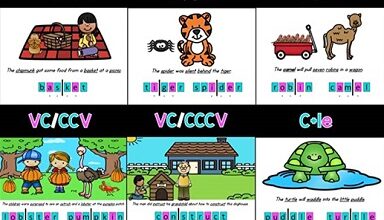Complementary distribution with examples and details
Complementary distribution
In linguistics, complementary distribution, as opposed to comparative distribution and free variation, is a relationship between two different elements of the same kind, in which one element is in the same set of conditions, and the other element is in a non-overlapping (complementary) set of environments. This term often indicates that two seemingly different elements are the same linguistic unit at a deeper level, although more than two elements may be in complementary distribution with each other. Lets see here the Complementary distribution with examples
In phonology
Subsequent distribution is the distribution of phones in appropriate phonetic environments, in which one phone never appears in the same phonetic context as another. When two options are in complementary distribution, it is possible to predict when each of them will happen, because one can simply look at the environment in which the allophone is encountered. Secondary distribution usually applies to phonology, in which similar telephones in secondary distribution are usually allophones of the same phoneme.
For example, in English, [p] and [pʰ] are allophones of the phoneme / p / because they occur in the complementary distribution. [pʰ] always occurs when it is the beginning of a syllable followed by a stressed vowel (as in pin). [p] occurs in all other situations
(for example, in the word spin or in sip ‘ in colloquial pronunciation, with / ŋ / smoothed to / n /). There are cases where elements are in an alternate distribution but are not considered allophones. For example, English [h] and [ŋ] have an additional spread: [h] occurs only at the beginning of a syllable, and [ŋ] only at the end. However, due to the fact that they have so little in common in phonetic terms, they are still considered separate phonemes.
In morphology
Allomorph The concept of additional distribution is used in the analysis of word forms ( morphology ). Two different word forms ( allomorphs ) can actually be different “faces” of the same word ( morphemes ).
An example is the English indefinite articles a and an. Uses of aardvark and bear are grammatical, but uses ** aardvark and bear are not grammatical (as indicated by the ** sign in linguistics). The form is used before a word that starts with a vowel. This can be referred to as “__ V”. The form is used before a word that starts with a consonant. This can be referred to as “__ C”. The “distribution” (use depending on the environment) of the an and a form is “optional” due to three factors: used if not used; used if not used; both environments together encompass every valid potential word environment. The forms and work together as a team and take care of every case (environment) in which the English indefinite article is used, that is, there are two different “forms” of the same “word” instead of two different words.


